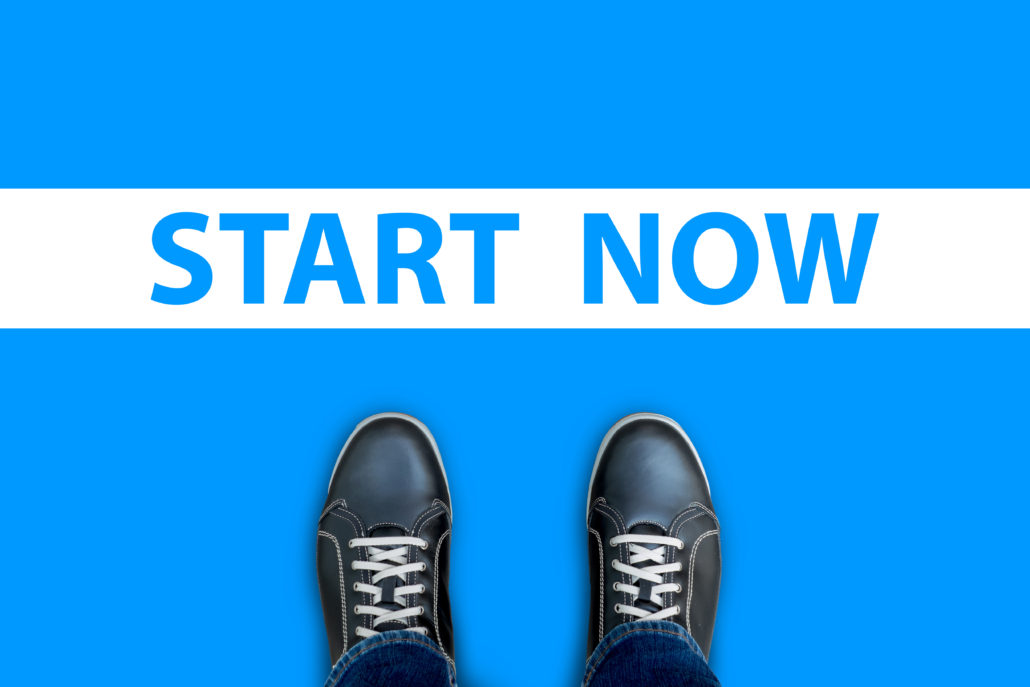What if it were different?
The last 18 months has been incredibly tough. Nobody out there in veterinary land is going to dispute that statement. We, like most of you, have been busy doing the work and we haven’t got to writing about the work. But this post has been brewing for a while. Because as we do the work, as we talk with people and groups and workplaces that are struggling, that are suffering, the same questions keep on coming up.
Both Cheryl and I are trained coaches. At the heart of coaching is the powerful question and the skill of asking the right question at the right time to encourage people to pause and really see what is going on for them or their workplace.
The irony here is that many of us question ourselves constantly. We might ask ourselves; What if I miss something or make a mistake? What if the client doesn’t like or believe me? What if there is something fundamentally wrong with me? What if I am not enough?
Whilst we frequently blame ourselves, it is becoming more and more apparent that the major cause of suffering in our industry is NOT the individuals that work in it. People who work in our industry are amazing; intelligent, hard-working, dedicated to improving animal welfare and fostering the human-animal bond. We make big sacrifices to do veterinary work.
Where is the REAL problem in the veterinary world?
The major causes of the suffering in our industry, are the systems and the context in which we work. It is the workload, the work intensity, the emotional load. This sits in the backdrop of client expectations and the perceived value of animals to society.
People are only able to perform to the extent that the system allows and supports them.
We thought we would play on the irony of the “What Ifs” we can torment ourselves with and take a “What If” approach to the system.
What if it were different?
Here are some of the questions that repeatedly come up as we facilitate conversations around the suitability and sustainability of the systems in which we work.
- What if we thought more about what is right with us than what is wrong with us?
- What if we started with the idea that the system is the problem and worked to create systems that allowed people to thrive? What if we called that success?
- What if the people making the decisions for veterinary workplaces and the industry were representative of the demographics of the people impacted by the decision?
- What if influential people such as leaders and university staff were supported and resourced to role model self-care at work and how to lead a balanced life?
- What if the client wasn’t king?
- What if we thought about how many people we have in our team, how much they can comfortably do in a day, and what they enjoy, and then opened up the corresponding amount of space in our schedules?
- What if we set our prices on the basis of the cost of providing the service? Fair trade veterinary services anybody?
- What if we thought through who we are squeezing when we squeeze a client in?
- What if we measured KPIs such as how people feel at the beginning and end of their working day, what percentage of people had a break or the number of hours worked? And correlated that with productivity and markers of client satisfaction?
We could keep going – but I think you get the idea. It is time to rethink the way we are doing things. It is time to reconsider our definition of success. It is time to have frequent and open conversations around how we do things in the veterinary world.
 What if you opened up this conversation?
What if you opened up this conversation?
Cheryl and I love facilitating these conversations – coming in as objective out-siders and creating a protected space where everybody’s voice is equal and everybody feels safe to express their opinion. And guiding the conversation towards taking action to make things different, to make things better for the future. We don’t have all the answers for you or for your workplace. But the answers are generally there, they just need to be uncovered. Small changes can lead to significant shifts that lead to the next small change.
Excellent – you are still with us. Our question now is no longer a what if but a when?
When are you going to take action?
- If you are a leader, you might schedule a conversation in your workplace
- If you are an employee, you might ask for a conversation in your workplace
- Or you might decide that that conversation would best be facilitated by an experienced person with intimate knowledge of the veterinary world. Please contact us to schedule a facilitated conversation in your workplace. It could be on Zoom. Or in Sydney (Cheryl). Or Melbourne (Cathy).
Let’s get this show on the road. It HAS to be different.

















